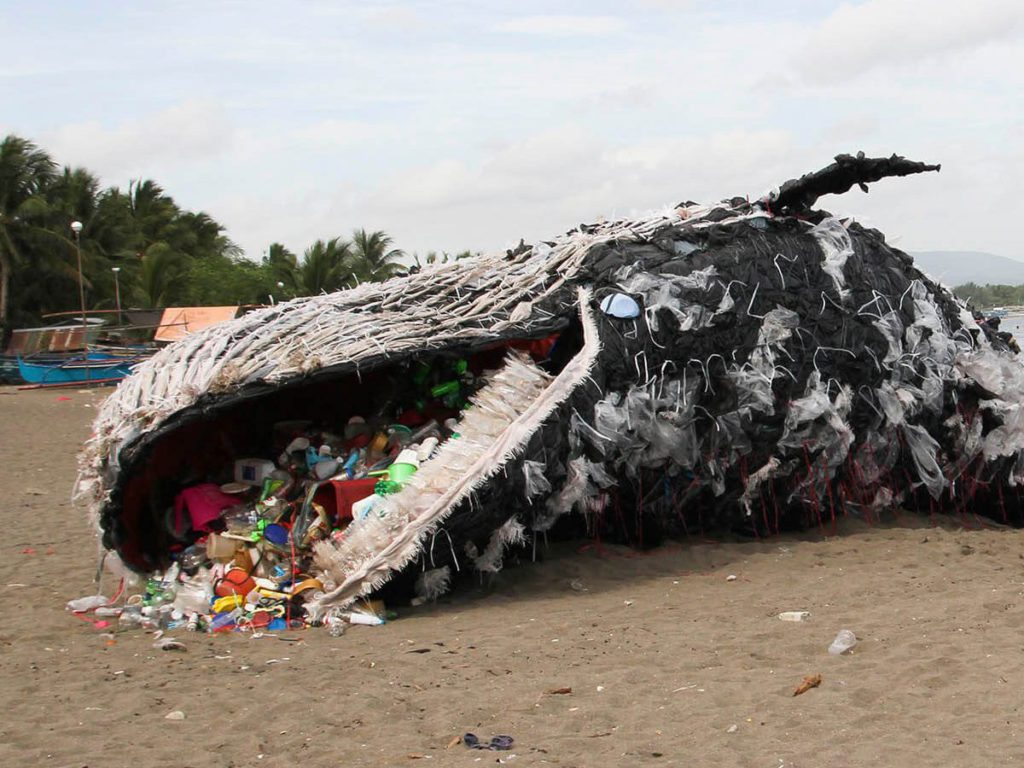
So far in the Western United States scientist of the NOAA (National Oceanic and Atmospheric Administration) shared more whales than ever have died and washed ashore in California, Oregon, Washington and Alaska. So far 73 whales have washed up. Whales are dying due to malnutrition and it is suspected that the plastics causes indigestion and the microplastics in the water is damaging their organs. Whales are important to the eco balance of the oceans in ways we don’t even understand fully as yet.
Microplastics, which are tiny pieces of plastic, no larger than 5 mm, float around in the fill the water at the Monterey Bay according to Anela Choy. “Our findings buttress a growing body of scientific evidence pointing to the waters and animals of the deep sea, Earth’s largest habitat, as the biggest repository of small plastic debris,” said Anela Choy, the lead author of a study paper by the MBARI.
MBARI’s uses underwater robots to filter plastic particles out of seawater multiple times at two the Monterey Bay and in Moss Landing Harbor at the Pacific Coast of California. The study showed microplastic samples from five to 1,000 meters below the surface. They found identical concentrations of microplastic particles near the surface and in the deepest waters surveyed. However in the mid range, at 200 to 600 meters down, the pollution was 4x higher than at the surface. Shockingly they found that all of the animal specimens they surveyed had internal microplastic.